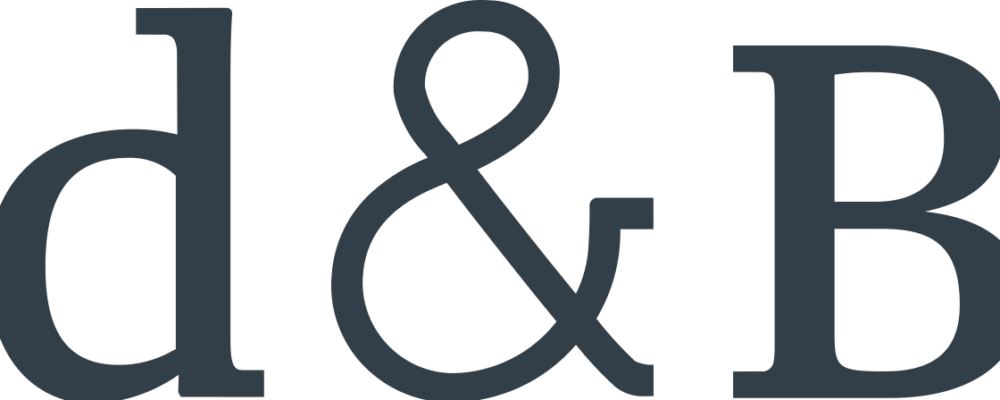How strict are the requirements for proving acquired distinctiveness throughout the EU? This question has been bothering trade mark owners for years. In a recent decision, the General Court raises the bar for evidence of acquired distinctiveness.
The Background
In 1998, well-known Champagne producer Veuve Clicquot sought protection for “wines from Champagne” in class 33 for the following colour:

In the “Description” section of the trade mark application, the following was noted for the “Colour” field:
“Protection is claimed for the colour orange for which the scientific definition is as follows: trichromatic co-ordinates / colour characteristics: x 0.520, y 0.428 – diffuse reflectance 42.3% – dominant wavelength 586.5 mm – excitation purity 0.860 – colorimetric purity: 0,894.”
After a lengthy prosecution, OHIM, the EUIPO’s predecessor, allowed registration of the colour mark in 2007 on the basis that distinctiveness had been acquired through use of the mark throughout the EU. Since OHIM’s decision to permit registration of the trade mark, its validity has been challenged on numerous occasions on various bases.
A recent decision issued by the General Court (GC) deals with questions surrounding the graphic representability of a colour mark on the register and the requirements for proving acquired distinctiveness.
Graphic representability of a colour trade mark
The GC first dealt with the graphic representability of a colour trade mark on the register under Art. 4 EUTMR. The scientific colour definition had been criticised as incomprehensible and it was suggested that a classification system such as Pantone, RAL or HKS should have been used instead. Further, it had been highlighted that the representation of the colour on the EUIPO register differed significantly from the representation of a French national trade mark with the same colour definition on the French trade mark register.
The GC stated that graphic representation must generally be “clear, unambiguous, self-contained, easily accessible, intelligible, durable and objective”. However, the GC noted that those criteria, derived from the CJEU’s judgement in the Sieckmann case, must not be applied too strictly.
The GC held that scientific colour definitions are comparable to other colour classification systems and are therefore acceptable. The difference in representation on the French trade mark register was found to be irrelevant, as the EUIPO register is an independent, self-contained register.
Requirements of proving acquired distinctiveness throughout the EU
The quality of the evidence provided to prove acquired distinctiveness of the colour mark had also been called into question.
The GC first pointed out that it is not necessary for evidence to be provided separately for each Member State in all cases, nor may unreasonably burdensome requirements be placed on the evidence. Nevertheless, the GC denied the suitability of the evidence which had led OHIM to assume the mark had acquired distinctiveness in Greece and Portugal.
The GC divided the evidence usually used for proving acquired distinctiveness into:
- “Direct evidence”, such as surveys based on polls or market studies and statements made by chambers of commerce and industry or other professional associations; and
- “Secondary evidence”, such as sales figures and advertising material.
The GC stated that secondary evidence can only support direct evidence and cannot provide proof of acquired distinctiveness on its own. Since the evidence regarding Greece and Portugal was, by that definition, secondary evidence, the GC deemed the evidence insufficient. As a result, acquired distinctiveness throughout the EU had not been proved.
Practical notes on colour trade marks
The graphic representation of a trade mark on the register is always a cause of legal uncertainty, particularly in the case of colour trade marks. Applicants who file “analogue” applications (or had to file analogue, because filing digitally wasn’t available at the time) are at the mercy of the scanner at the relevant trade mark office, which can have a negative impact on colour fidelity. Only those who can apply directly in digital form have some control over the colour representation. It is therefore to be welcomed that the General Court did not establish analogue colour mark filings as inherently problematic.
Proving acquired distinctiveness throughout the EU is an enormous hurdle that even the best-known national (colour) trade marks regularly fail to clear. It is therefore surprising that a colour mark for champagne, of all things, ever succeeded in meeting this hurdle.
Whether the strict division into “direct” and “secondary” evidence is convincing, however, is another matter. It has been settled CJEU case law that “the market share of the trade mark concerned, the intensity, geographical distribution and duration of its use, the advertising expenditure incurred by the undertaking for the trade mark, the proportion of the relevant public which recognises the goods or services as originating from a particular undertaking on the basis of the trade mark, and statements made by chambers of commerce and industry or other professional associations” are taken into account in an overall assessment (as per the CJEU in Windsurfing Chiemsee and Nestlé/Mars). Surveys based on polls and statements made by chambers of commerce, industry or other professional associations are certainly helpful. However, making them mandatory for all member states or “parts of the European Union” and considering all “secondary evidence” alone to be useless is not convincing in this sweeping manner. It makes the already almost impossible task of proving acquired distinctiveness throughout the EU even more difficult.
The General Court’s decision can be found here.
Bird & Bird is an international law firm that was founded in London in 1846. The firm has since expanded to over 30 offices in Europe, Asia, and the Middle East, and has a particular focus on the technology, media, and telecommunications sectors.
Please visit the firm link to site



